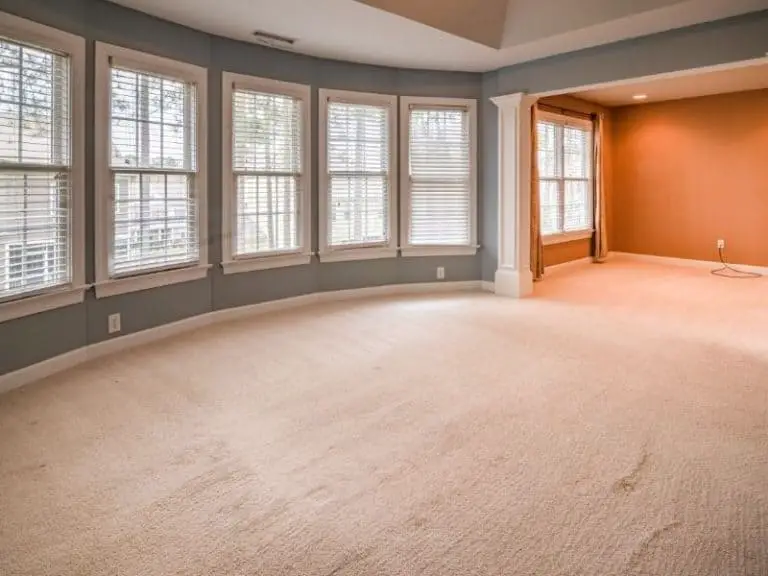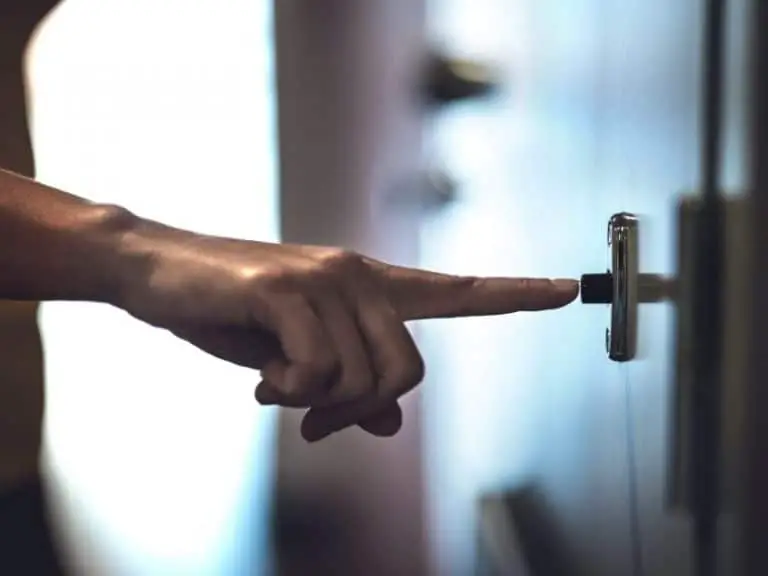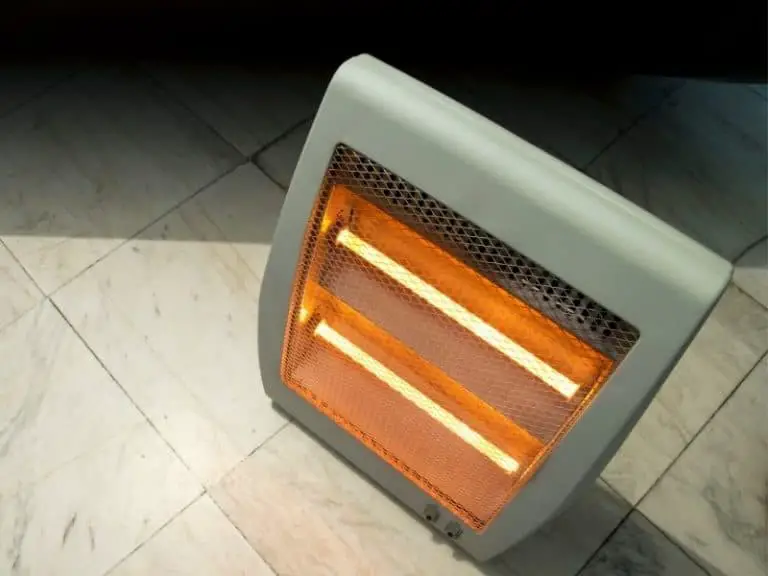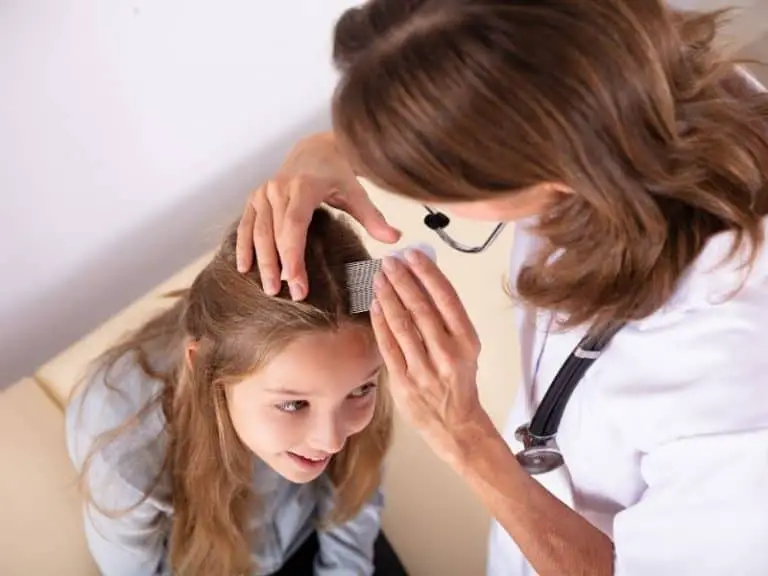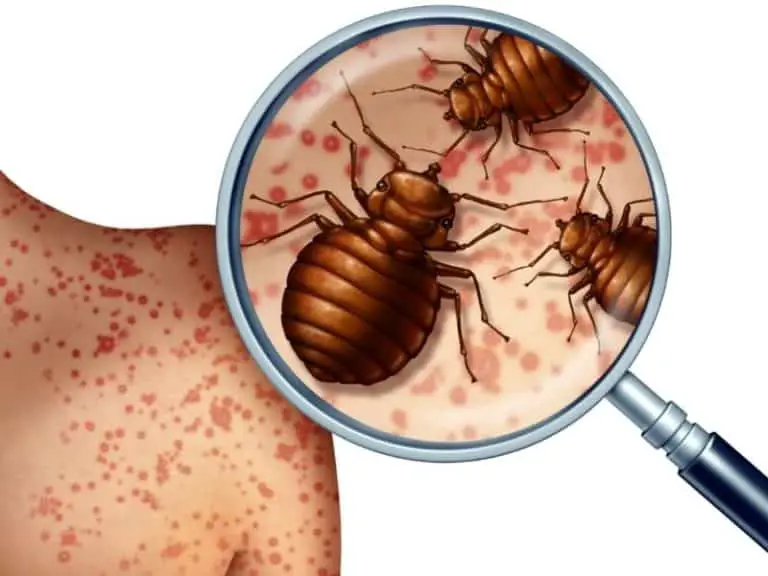How to Clean Walls After Bed Bugs Fast and Easy
Bed bugs can hide practically anywhere, including in-wall cracks and seams. If you can fit a business card in it, those blood-sucking creatures can squeeze their flattened bodies into it.
After successfully dealing with a bed bug infestation, whether through some DIY ways or with the help of exterminators, it is likely for reminders of the ordeal to stay behind, and they can come in the form of unsightly stains on the walls.
After a bed bug infestation, walls can be cleaned with a damp rag or sponge. Adding a little dish soap to the water or using baking soda would help if the stains refuse to come off completely. Severe bed bug stains may be removed with a stain-removing product with hydrogen peroxide.
Having a bed bug infestation can keep you from getting a good night’s sleep.
You may still suffer from sleep deprivation after having those creepy crawlers exterminated, particularly each time you catch a glimpse of the stains that they have left behind as they can mar the appearance of your bedroom.
Different Types of Bed Bug Stains on the Walls
One of the telltale signs that you are sharing your bedroom with bed bugs is that there are rusty or reddish spots on the bed sheet or mattress.
Those are either blood from bed bugs that you have accidentally crushed or fecal matter left behind by bed bugs on their way to and fro your body.
Stains left behind by bed bugs on the walls can be blood or poop. Moving your furniture around can crush some of the bed bugs crawling on or hiding in the walls, causing them to leave blood all over the scene of the crime.
Not only can bed bugs hide practically anywhere, but they can also do a number two just about anywhere they like. Sometimes, they poop while crawling to drink your blood or going back to their hiding places, leaving behind a dark-colored streak.
Does bed bug feces wipe off? If they are still soft, they will wipe off. However, do take note that they will smear and leave marker-like stains.
If they are already hard and dry, it’s likely for them to crumble when you attempt to wipe them off. Bloodstains, on the other hand, won’t wipe off.
Removing Bed Bug Stains on Concrete Walls
Bed bugs find it easy to crawl on concrete walls because of the texture — those blood-sucking pests have legs that are not compatible with smooth surfaces.
Because of this, it is very much likely for concrete walls to collect a lot of unsightly bed bug stains throughout the infestation.
Fortunately, concrete walls are some of the easiest walls to clean on the face of the planet. Do bed bug stains wash out easily? Especially if they are found on concrete walls, they do wash out easily.
Check out these simple steps to removing bed bug stains on concrete walls.
- Add generous amounts of dish soap to lukewarm water. Normally, a little dish soap is recommended. But because concrete walls can take a beating, using lots of dish soap is perfectly fine.
- Dip a scrub brush in the mixture and scrub away those stains. Be gentle to keep the paint intact.
- Allow to air dry, or absorb excess moisture with a dry cloth or towel to speed up the drying process.
- If the bed bug stains seem stubborn, you may sprinkle a little baking soda on the scrub brush. You may also add a little vinegar and scrub the stains away as soon as the baking soda fizzles.
Concrete wall finishes such as pebbles, flakes, and coral look great on the exteriors.
However, these days, they are also being seen in the interiors. While they can make your bedroom look interesting alright, unfortunately, they can make bed bug stain removal challenging.
You may find it beneficial to use different scrub brush sizes and shapes.
Removing Bed Bug Stains on Wallpaper Walls
When trying to remove bed bug poop on walls, caution must be taken if it’s wallpapered. The goal should be to remove stains effectively without damaging the wallpaper.
There is no point in having stain-free walls after a bed bug infestation if the wallpapers are wrinkled and peeling.
Here are the steps to removing bed bug stains on wallpaper walls.
- Put on the protective gloves.
- Dip a piece of cloth or sponge in lukewarm water with a little dish soap. The milder the dish soap, the better. Make sure that you wring out as much liquid as you possibly can.
- Try lightly scrubbing an inconspicuous corner to make sure that it won’t damage the wallpaper.
- Once the coast is clear, start cleaning the stains left behind by bed bugs. Gently scrub one small portion of the wallpaper at a time, immediately patting the area with a dry cloth to absorb excess water.
- If it seems like a second scrubbing is necessary, clean the rest of the walls first to give the wallpaper a chance to dry completely, thereby saving it from ending up faded, wrinkled, or peeling.
- You may scrub baking soda or spray a hydrogen peroxide-based product on stubborn stains.
Some homeowners recommend gently rubbing art gum eraser on bed bugs stains — it’s also great for removing many other types of stains on wallpapers, including pencils, crayons, fingerprints, and food and drinks.
You can get your hands on art gum eraser from an art supplies store in your area.
Bed bugs love to hide under loose wallpaper. If your wallpapered walls used to harbor a lot of bed bugs, it only means that your wallpaper is no longer in tip-top shape.
After dealing with a bed bug infestation, consider replacing or repairing your wallpaper.
Removing Bed Bug Stains on Tile Walls
There are a couple of reasons why it is rare for bed bugs to infest bathrooms.
First, because humans do not necessarily take a trip to dreamland in bathrooms, bed bugs are aware that they will go hungry in there.
Second, tiled bathroom floors and walls are simply too slippery for bed bugs to crawl on.
It’s because of this why it is less likely for you to encounter stains left behind by bed bugs on walls after treatment, be it the DIY route or with the help of professional exterminators, if your bedroom wall is tiled.
However, it is still possible for some bed bugs to have crawled on your tiled wall. Making it possible is the grout used to fill the spaces between the tiles.
It’s also very much likely for bed bugs to camp out in the cracks and holes in tiled walls, or the spaces between poorly installed and grouted tiles.
This is how you remove bed bug stains on tiles.
- Dip a scrub brush in warm soapy water and scrub those bed bug stains away.
- Because tile grout is a porous material, you may have to scrub really hard in between the tiles to get rid of as much bed bug poop and blood as possible.
- For stubborn bed bug stains, you may use hydrogen peroxide or bleach. However, never use the two at the same time because it’s not safe!
Just like with wallpapers, it is a good idea to fix damaged tiles.
Not only will this make your bedroom look nicer, but also limit the number of hiding places bed bugs may hide in should they show up once again.
Removing Bed Bug Stains on Wood Panels
What’s really nice about wood panels is that they are easier to clean than wallpapered walls.
However, unlike concrete and tiled walls, it’s a must that you treat wood panels with great care.
Otherwise, they may end up scratched or discolored, thereby making it pretty much useless to have bed bug stain-free walls.
Follow these easy steps on removing bed bug stains on wood panels…
- Add a little dish soap to lukewarm water.
- Dip a piece of cloth or sponge in the mixture and wring out the excess.
- Using small circular motions, remove bed bug stains on wood panels.
- Allow to air dry or absorb excess moisture with a clean rag.
Some homeowners love adding a few drops of lemon essential oil to the lukewarm water and dish soap mixture to make the room smell fresh and the wood panels to look nice.
Aside from lemon essential oil, you may go for any other essential oil with a lovely citrusy scent.
Just Before You Start Cleaning Walls From Bed Bug Stains
Bed bugs can hide in the cracks and seams in the walls. Aside from sleeping and mating, they can poop in them, too. Bed bugs may also leave fecal matter on the walls as they crawl on them.
Fortunately, you are not going to have a nasty headache looking for ways on how to clean walls after bed bugs.
That’s because, most of the time, lukewarm water with a little dish soap is more than enough to deal with the problem. You may also try other solutions, but care must be taken when cleaning wallpapers and wood panels.
Related Questions
Does painting the walls help eliminate bed bugs?
You can think of painting the walls as hitting two birds with one stone — it deals with bed bugs and removes bed bug stains. However, prior to painting the walls, the cracks and seams should be caulked or sealed. No need to try to drive bed bugs out of them beforehand.
Can I remove bed bug stains with rubbing alcohol?
Other than being an effective home remedy for bed bugs, rubbing alcohol is also great for eliminating bed bug stains. However, it can cause discoloration when applied on most surfaces. It’s also a bad idea to use a lot of rubbing alcohol at a time as it’s highly flammable.
Medical Disclaimer: TheHomePestControl is a digital publisher and does not offer personal health or medical advice. The contents of this website are not intended to substitute for professional medical advice, diagnosis, or treatment.
Affiliate Disclaimer: As an Amazon Associate, I earn from qualifying purchases made on our website. If you make a purchase through links from this website, I may earn a commission at no additional cost to you.

